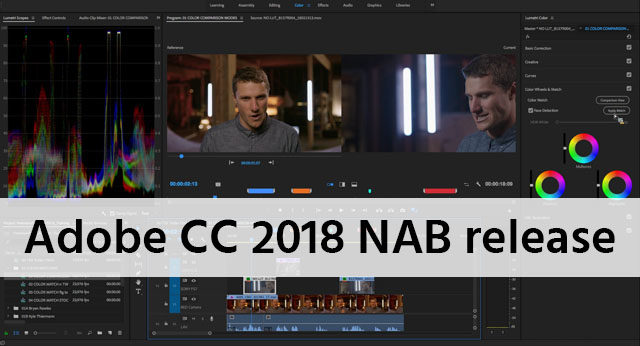
This setting is used for footage where at least a portion of the main subject remains within the frame for the entire range being stabilized.

The No Motion option attempts to remove all camera motion from the shot. When selected, smoothness is enabled to control how smooth the camera movement becomes. Smooth Motion retains the original camera movement but makes it smoother.

Working with various audio types including standard, mono, and 5.1 audio.Introduction to Premiere Pro audio editing Learning to stabilize shaky footage with Premiere Creating a garbage matte in Premiere Pro.Using green screen footage in Premiere Pro Understanding the Premiere Pro timeline vs project panel.Applying Premiere pro video effects to clips.Adjusting position, scale, rotation, and opacity for video in Premiere Pro.Understanding video effects in Premiere Pro.Using Premiere Pro to add transitions and effects to images.Understanding position, scale, rotation and opacity with Premiere Pro.Understanding and animating static clip effects.Importing layered Photoshop files into Premiere Pro projects.Working with Photoshop and Illustrator Files in Premiere Pro.Working with imported graphics in Premiere Pro Working with graphic clips on the timeline.Controlling the speed of a rolling title.Understanding the uses of titles in video.Preparing a clip to receive transitions.Using video & audio transitions in Premiere Pro

Trimming clips in the Premiere Pro source monitor.Cut-ins and cut-aways cutting on action.The cuts-only editing methodology: continuity editing.Learning to edit clips in the Premiere Pro timeline Locating missing media in Premiere Pro: where it is located and what it is named.



 0 kommentar(er)
0 kommentar(er)
